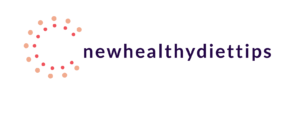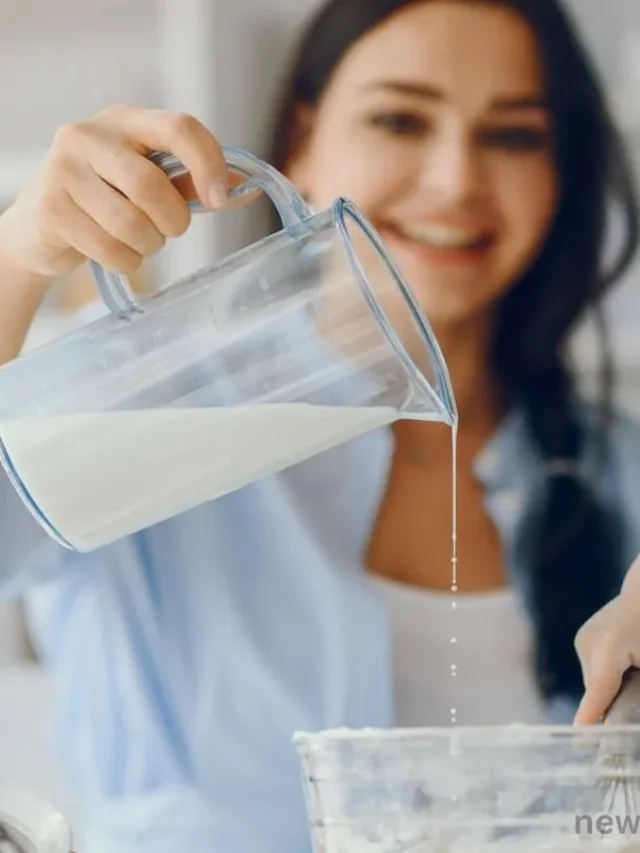Have you ever questioned if that enormous jar of baby powder is clean enough for your child? Babies have sensitive skin; therefore, they use sterilized powder. Some recommend boiling water or baking the powder, although you may worry about the consistency. The post talks about how do you Sterilise baby powder. Fortunately, that soft, sweet-smelling powder may be sterilized without affecting its fluff. You may rest easy knowing your baby’s bottom and crevices are clean and comfortable in a few easy steps. A complete canister of powder can be sterilized quickly with some essential equipment and shaking hands.
Infant Formula: 7 Steps to Prepare It Safely
How do you Sterilise baby powder, incorrectly preparing infant formula can harm your baby. Make sure your baby’s formula is safe by following these steps.
1. Thoroughly wash hands
Always wash your hands before making your baby’s bottle. This prevents germs from contaminating the formula and making your baby sick.
2. Nips and bottles clean
First-time and monthly bottle and nipple sterilization. Boil them for five minutes, sterilize them in the dishwasher, or steam them in an electric sterilizer. The bottles and nipples should air-dry before use.
3. Check expiration.
After knowing about how do you Sterilise baby powder, never use an expired formula. The formula usually lasts 12 months (from manufacture). Formula containers have expiration or “use by” dates on the bottom or side.
4. Follow instructions carefully.
Never dilute powdered or concentrated formula without following the label instructions. Too much or too little water can harm your baby. For accurate preparation, measure scoops of powder and add water to the bottle markings.
5. Stir thoroughly.
Once the water is added, seal the bottle and shake vigorously to mix the formula. This guarantees proper nutrition for your baby at each feeding.
6. Check temperature.
Test the formula’s temperature before feeding your baby. Use a lukewarm formula. Shake the bottle and dribble some on your wrist—it should feel warm or room temperature.
7. Throw away after 24h
To ensure food safety, discard unused formula within 24 hours. Refrigerate bottles after use and discard within 24 hours. Take care to mix formula properly before feeding, and never reuse it.
How Do You Sterilise Baby Powder – Use Quickly or Store Safely
After sterilizing baby powder, use it immediately or store it appropriately to avoid infection.
Use Within 1-2 Days
Using sterilized baby powder within a day or two is preferable. Sterilization kills bacteria, germs, and organisms, but opening the container exposes it to air and pollutants.
After sterilization, pour the powder into a plastic or glass jar to keep it sterile for a few days. Sterilize the container before filling. Keep the container sealed and cold out of direct sunlight after filling. Always use clean, sanitized equipment to scoop powder from the container.
Long-term storage
After searching about how do you Sterilise baby powder. If not used within a week, sterilized baby powder must be stored correctly for 3–6 months to prevent bacterial development. Preventing moisture, oxygen, and impurities from reaching powder is crucial.
Place the powder in sterilized, airtight plastic or glass jars with tight covers. Fill containers as completely as possible, leaving little airspace. Seal the containers and keep them cool, dark, and out of direct sunlight.
Add a moisture-absorbent packet to each bottle to keep the powder dry for a longer shelf life. These packets are available online and in hardware stores.
When comes to how do you Sterilise baby powder, to avoid moisture and contamination, only scoop out what you need using a sanitized tool and shut the container before using the powder again. Avoid opening a jar more than 2-3 times for the freshest, longest-lasting powder. Powder with moisture, clumping, or odor should be discarded.
Do You Need to Sterilise Formula Powder? Sterilized baby powder should be stored carefully to avoid contamination and protect your baby’s delicate skin. Be careful and toss powder if you dispute its freshness or quality. Safety and health should come first for your baby.
Why Are There Different Recommendations for Preparing My Baby’s Powdered Infant Formula?
Different sources may give conflicting advice on making powdered infant formula. This may need to be clarified for new parents. Some of the key reasons behind the different guidelines:
Safety concerns
After reading about how do you Sterilise baby powder, the most crucial thing is baby safety. Powdered formula may include microorganisms that might harm newborns. Some advice sterilizing water and disinfecting bottles and nipples to reduce this risk. Some claim this is unneeded for most babies with good hygiene. New parents must balance the dangers and choose what they feel comfortable with to keep their kids safe.
Easy preparation
How do you Sterilise baby powder, reconstituting powdered formula with hot water takes time. Use sterile, ready-to-feed formula or combine powder with water from an electric kettle if your baby is fussing and hungry! Your approach must fit your situation and needs.
Quality nutrition
How you prepare baby formula affects its nutritional value. Boiling water for a long time before mixing it with powdered formula may diminish vitamin C. Boiling water kills dangerous bacteria. Again, weigh the positives and cons for your baby’s health and growth.
Cost factors
Though handy, ready-to-feed formula costs far more than powdered formula. Families on a budget may find the cost prohibitive. When correctly prepared, powdered formula can meet your baby’s nutritional demands at a lesser cost. Make the financial decision that works for you.
Discussing your baby’s requirements with their pediatrician is best. Based on your baby’s health and situation, they can recommend the safest, most practical, and most cost-effective way to prepare powdered formula. Most importantly, your kid must be happy, healthy, and well-nourished throughout this crucial growing stage.
The Bottom line of How Do You Sterilise Baby Powder
This is a step-by-step instruction for sterilizing baby powder. These steps may seem tedious, but knowing your baby’s germ-free powder can give you peace of mind. Keeping your child safe and healthy is worth the minor effort with the information about how do you Sterilise baby powder. If you have questions about infant goods, consult your pediatrician. With some planning and care, your baby’s world may be clean, fresh, and safe. Practicing these recommended practices today can help your child develop healthy hygiene habits for life. Our Services include the best healthy eating habits, nutrition guides, diet, nutrition plans and newsdailytime.
FAQs
Is sterilizing baby powder safe?
Sterilizing baby powder is safe and does not hurt it. High heat kills bacteria, viruses, and other germs in sterilization. Powder is safe for babies if sterilized properly and cooled entirely before use.
What is the best way to sterilize baby powder?
An autoclave best sterilizes baby powder. Steam-powered autoclaves sterilize powder at high temperatures. Follow the pressure canner’s instructions to sterilize powder without an autoclave. Only fill canners 2/3 full to ensure steam circulation.
Can I sterilize baby powder in the microwave?
Microwave sterilizing baby powder is not advised. Microwave hot spots can burn powder. They also don’t heat goods uniformly enough to sterilize. Avoid microwaving powder for safety. Use an autoclave, pressure canner, or steam sterilizer.
How long does sterilized baby powder last?
Sterilized baby powder lasts 6-12 months in an airtight container. With moisture and air, any powder can clump. Use sterilized powder within 6 months for optimal quality. Before applying on your baby, ensure the powder is loose, powdered, and odorless. Clumping or spoiling powder should be discarded.
Can I sterilize the opened powder?
Used baby powder should not be sterilized. After opening a powder container, airborne bacteria or hand touch can contaminate it. Throw away spent powder containers and start sterilizing them with a new one for safety. Check powder container expiration or ‘best by’ dates before sterilizing for maximum efficacy.


